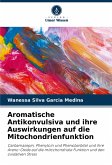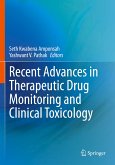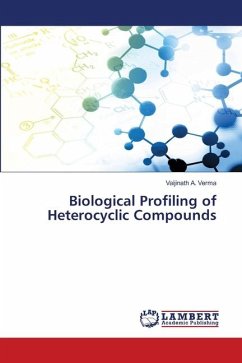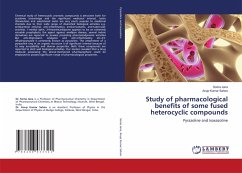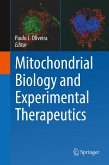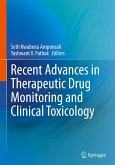This book sets out some relevant concepts and information on the role that the liver plays in the metabolic disposition of various endogenous and exogenous chemical agents, including almost all drugs. During the biotransformation process, highly reactive intermediate metabolites can be formed which, if not properly eliminated, can interact with cellular macromolecules, damaging the organ. The idiosyncratic hepatotoxicity associated with the use of aromatic antiepileptics is well known and has been attributed to the accumulation of toxic intermediates formed during hepatic bioactivation. In this study, we evaluated, in vitro, the effect of carbamazepine, phenytoin and phenobarbital, as well as their respective metabolites, on mitochondrial function and the induction of oxidative stress in rat liver mitochondria, as a possible mechanism of hepatotoxic action of these drugs. After all the studies carried out, we can say that the results suggest the involvement of mitochondrial damage, mediated by oxidative stress caused by the metabolites of aromatic anticonvulsants, in the development of idiosyncratic hepatotoxicity induced by these drugs.
Bitte wählen Sie Ihr Anliegen aus.
Rechnungen
Retourenschein anfordern
Bestellstatus
Storno



